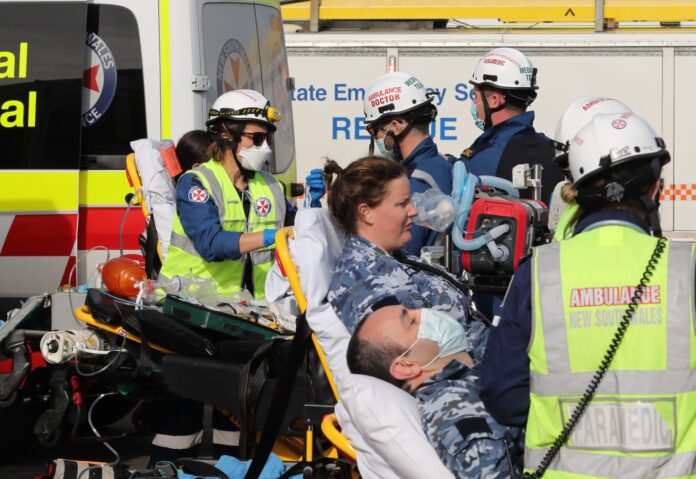By Eric Lies and Jeremy Stredwick*
Australia must develop robust, interdepartmental and whole–of–nation exercises based on potential conflict scenarios or it risks discovering when lives are at stake that it’s ill–prepared. (The Australian Strategic Policy Institute. The Strategist.)

